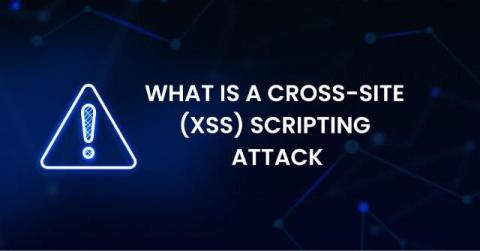Cross-Site Request Forgery Cheat Sheet
“Aren’t you a little short for a Stormtrooper?” In this iconic Star Wars moment, Princess Leia lazily responds to Luke Skywalker, disguised as one of her Stormtrooper captors and using authentication information to open her cell. In other words, Star Wars acts as an analogy for a cross-site request forgery (CSRF) attack. In a CSRF attack, malicious actors use social engineering so that end-users will give them a way to “hide” in their authenticated session.







